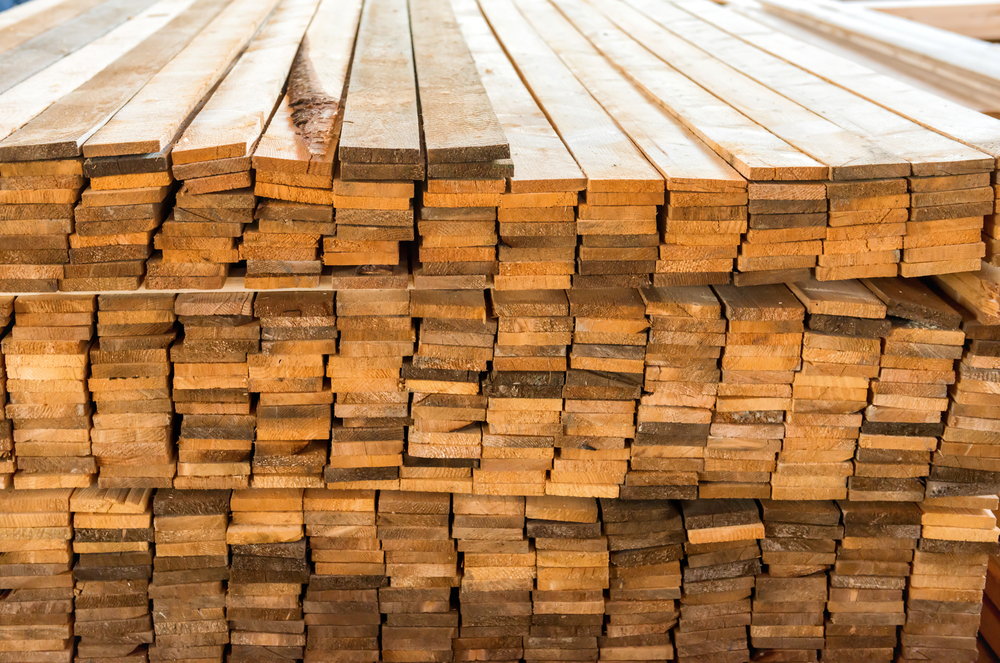Russ Taylor Global forecasts that North America lumber demand should be lower by 6-7% in 2023, with the first half of the year being most troublesome.
The growth in US South lumber capacity has been incredible. From 2018 to 2022, there were about 7 billion bf (11 million m3) of new capacity installations. However, there has only been a 50% increase in output, meaning that with delays in startup, coupled with COVID issues, there is a lot more production that is still going to come from existing projects. Based on data from Forisk, they indicated that 1.3 billion bf sawmill capacity came on-line in 2022 via greenfield projects and capacity expansion projects. In 2023, Forisk anticipates an additional 1.8 billion bf of Southern sawmilling capacity to come on-line, with another 1.2 billion board feet of capacity to be completed by the end of 2024. There will be lots of incremental Southern yellow pine lumber available over the next few years and this will put pressure on higher cost operating regions in North America like British Columbia (BC), Canada.
In contrast, there has been at least 1.7 billion board feet of announced capacity curtailments in BC during 2022, mostly a result of increased log prices and falling lumber prices. BC mill curtailments and closures have continued in the first three months of 2023, with five pulp mills also curtailed from a lack of residual chips from sawmills. This is quite unprecedented. BC continues to be plagued by more ill-timed government policies, including old growth deferrals, landscape planning initiatives, caribou protection, and tenure transfers to First Nations from existing forest license holders. On top of these, there are continued beetle losses (mountain pine, spruce and Douglas-fir beetles) and wildfire impacts.
BC mills accounted for about 70% of North America's 400+ million bf (640,000 m3) of curtailments in Q1 2023 plus there was an additional 1 billion bf (1.6 million m3, net) of permanent BC mill closures announced in the quarter. The rest of Canada's production was flat in January (+38 million bf). Even all the other curtailments and closures, there appears to be an excess of lumber mill capacity/production and European volumes in North America relative to market demand.
Total US lumber imports from Europe were higher by 64% (+171 million bf; +270,000 m3, net) in the first two months of 2023 vs 2022, but volumes were much lower in February 2023, or –43% (–120 million bf, –190 million m3) as compared to January. The declines from Europe in the month of February 2023 were led by Germany (–36%), Sweden (–61%) and Latvia (–97%); these were most likely a result of eroding US lumber prices in February coupled with improving opportunities in other markets for Europeans. There are lower US port inventories of European lumber and reduced export volumes to the US are expected in the Q2, or at least until prices improve.
Too much supply is again chasing too little demand, creating a loss position for high-cost regions in North America as well as some countries in Europe. It is going to be a tough Q2 in 2023, and probably a tough year, according to the Russ Taylor Global.
